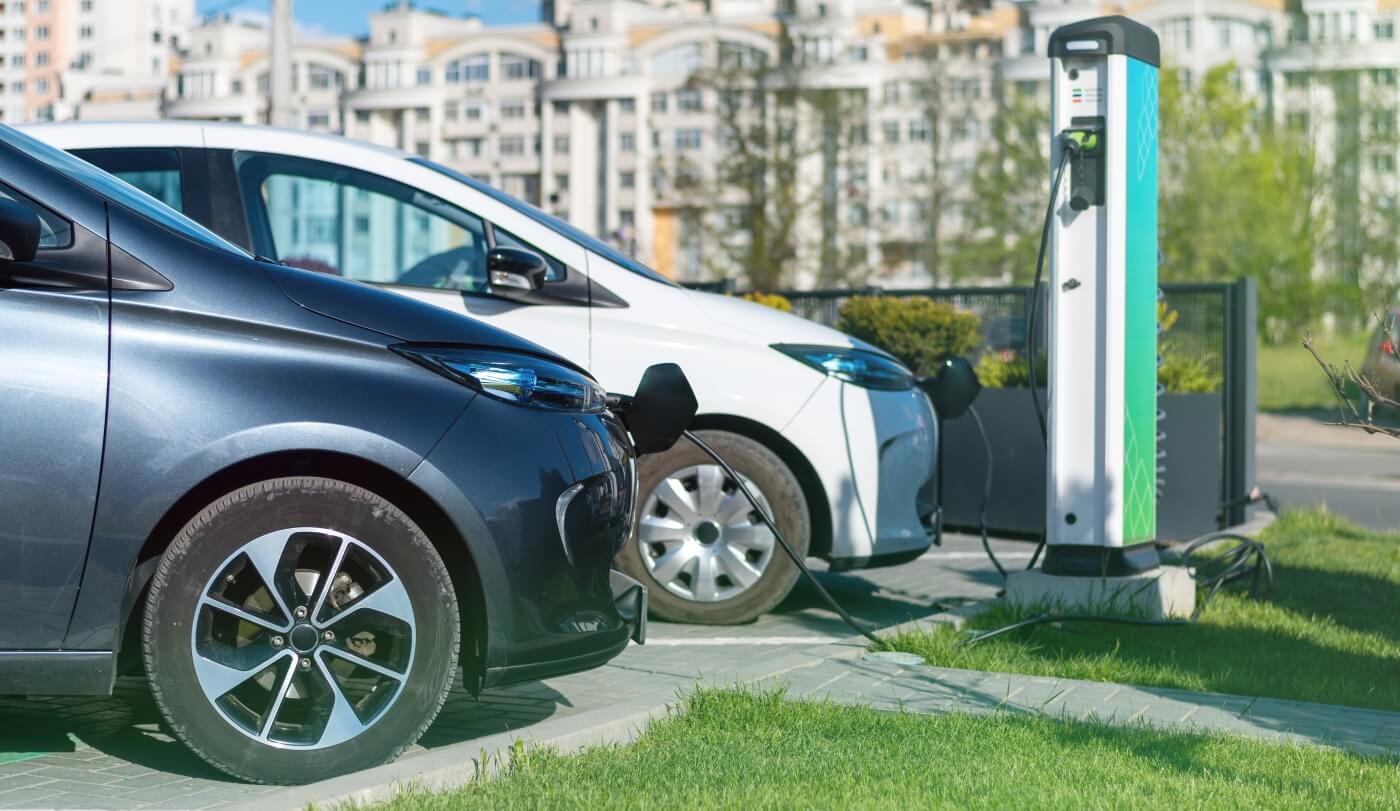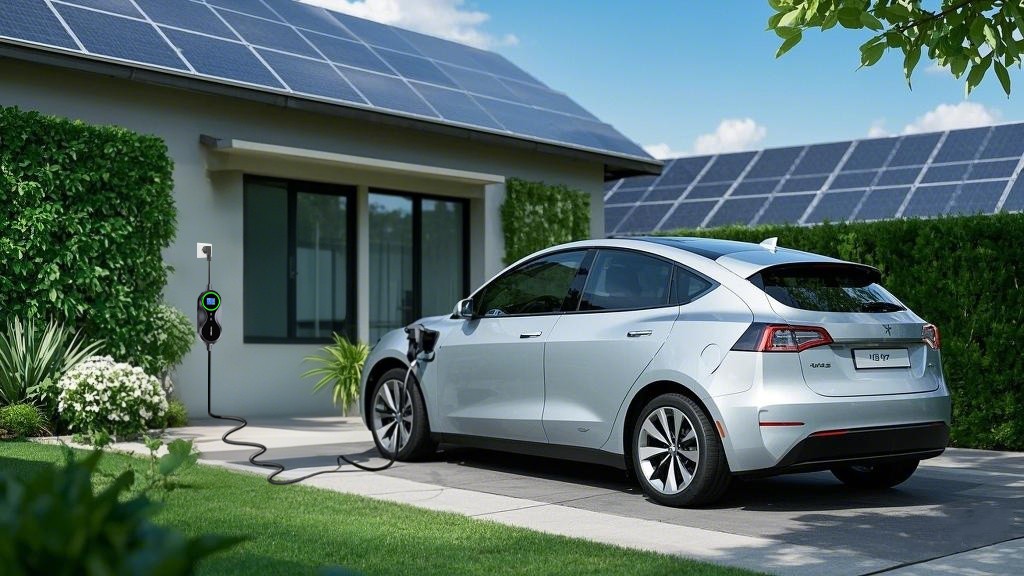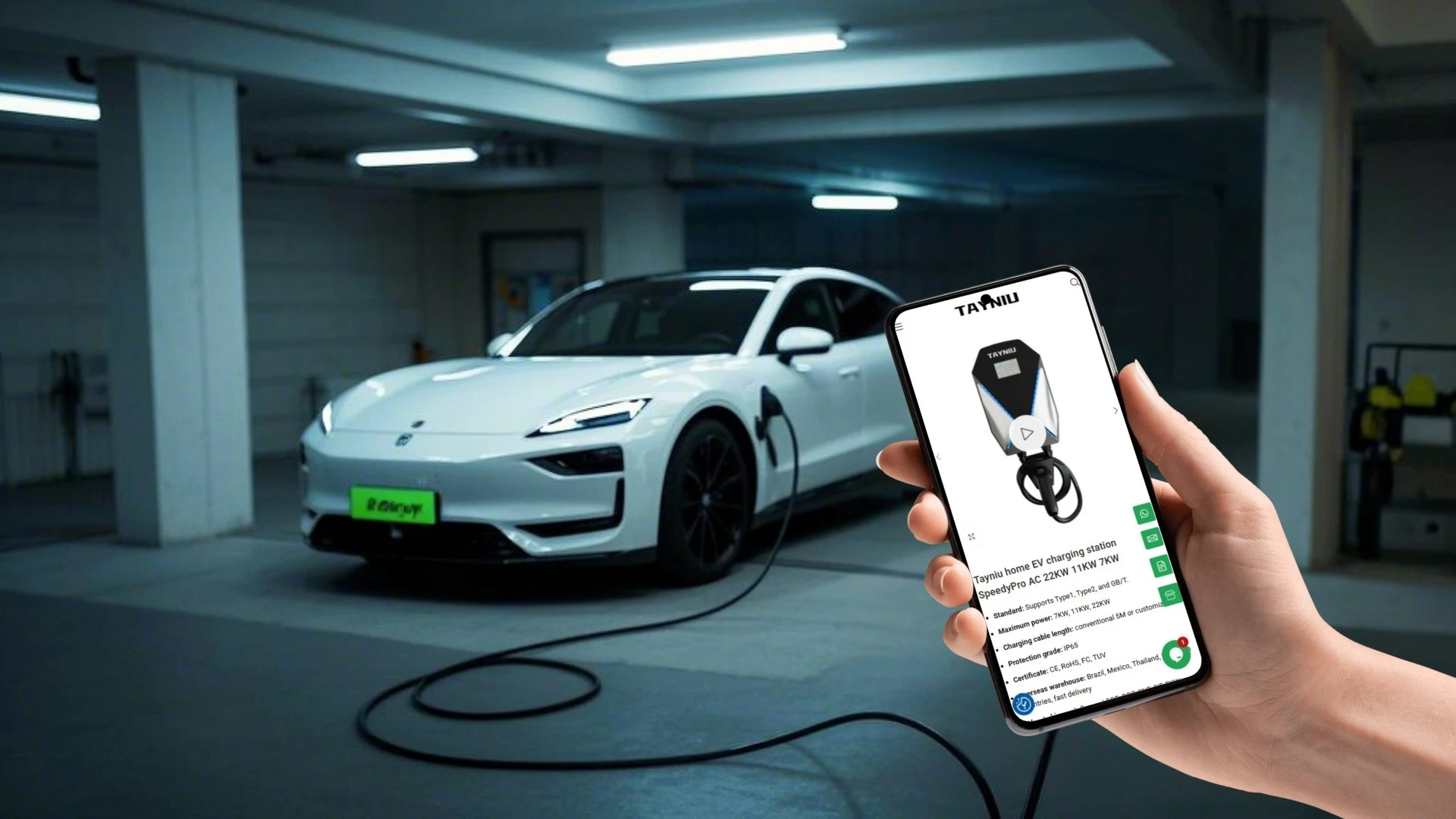From Restaurants to Offices: Creative Ways Businesses Profit from EV Chargers
As the electric vehicle (EV) market continues to grow, businesses across various sectors are exploring ways to capitalize on the increasing demand for EV charging infrastructure. From restaurants to offices, companies are discovering innovative strategies to turn EV chargers into profit centers. Here are some creative approaches businesses can take to maximize their returns:

1. Restaurants and Cafés
Attracting Customers with Charging Amenities:
Restaurants and cafés can attract more customers by offering EV charging stations. This not only draws in EV owners but also encourages them to spend more time—and money—at the establishment. For example, a restaurant near a highway can install a DC fast charger, attracting drivers who need a quick recharge while they grab a meal. This dual benefit can significantly boost foot traffic and revenue.
Loyalty Programs:
Implementing loyalty programs that reward frequent EV users can enhance customer retention. Offering discounts on food or beverages for customers who use the charging stations can create a loyal customer base. This approach not only increases direct sales but also enhances customer satisfaction and loyalty.
2. Offices and Workplaces
Employee Benefits:
Workplaces can offer EV charging as an employee benefit, enhancing their appeal to potential hires and improving employee satisfaction. By providing Level 2 chargers in company parking lots, businesses can support their employees' transition to EVs while also positioning themselves as environmentally conscious employers.
Subscription Models:
For businesses with a high number of EV-driving employees, subscription-based charging models can provide a steady revenue stream. Offering unlimited charging for a fixed monthly fee can encourage consistent use of the charging infrastructure. This approach not only maximizes charger utilization but also provides a predictable income source.
3. Retail and Shopping Centers
Increased Foot Traffic:
Retail centers and shopping malls can attract more customers by providing EV charging stations. Shoppers are more likely to visit and spend time at locations that offer convenient charging options. This increased foot traffic can lead to higher sales for the businesses within the center.
Partnerships and Sponsorships:
Collaborating with EV charging networks or local businesses can provide additional revenue opportunities. Retail centers can partner with charging networks to host their chargers, earning a fee for the space while the network handles the charging operations. This partnership can also include co-branding opportunities, enhancing the visibility of both the retail center and the charging network.
4. Hotels and Accommodations
Enhanced Guest Experience:
Hotels can enhance their guest experience by offering EV charging stations. This amenity not only attracts EV owners but also positions the hotel as a forward-thinking and eco-friendly establishment. Providing Level 2 chargers in guest parking areas can ensure that guests have a convenient and reliable charging option during their stay.
Premium Services:
Hotels can offer premium charging services, such as fast charging options or priority access for higher-tier guests. This can create additional revenue streams while also enhancing the overall guest experience. For example, a luxury hotel might offer Tesla Destination Chargers, appealing to high-end guests who are likely to book premium rooms and services.
5. Fleet Operators and Commercial Hubs
Fleet Partnerships:
Businesses with commercial hubs, such as parking garages or industrial facilities, can partner with EV fleet operators to provide charging services. These partnerships can generate consistent revenue through regular charger usage. For example, a parking garage might partner with an EV taxi service, earning $2,000–$5,000 per month from the consistent use of its chargers.
Energy Reselling:
Businesses with a significant number of charging stations can invest in energy storage systems to store energy during off-peak hours and resell it during peak demand. This practice, known as "peak shaving," can generate additional revenue while also contributing to grid stability.
6. Advertising and Data Monetization
Advertising Revenue:
Charging stations equipped with digital screens can display advertisements, generating additional income. For example, a city-based EV station might earn $300–$1,000 per month per screen by displaying local ads. This advertising revenue can significantly boost the overall profitability of the charging infrastructure.
Data Monetization:
EV charging stations generate significant amounts of data related to usage patterns, customer behavior, and energy consumption. This data can be anonymized and sold to third parties, such as energy companies, automotive manufacturers, and urban planners. The insights derived from this data are valuable for optimizing energy distribution, enhancing vehicle design, and planning future infrastructure developments.
Conclusion
By leveraging creative strategies and innovative revenue models, businesses across various sectors can profit from EV chargers. Whether through increased foot traffic, strategic partnerships, or additional revenue streams like advertising and data monetization, businesses can turn their parking spots into profit centers. As the EV market continues to grow, those who adapt and innovate will find themselves well-positioned to succeed in this evolving landscape.
Last Updated on May 26, 2025 by tayniu



